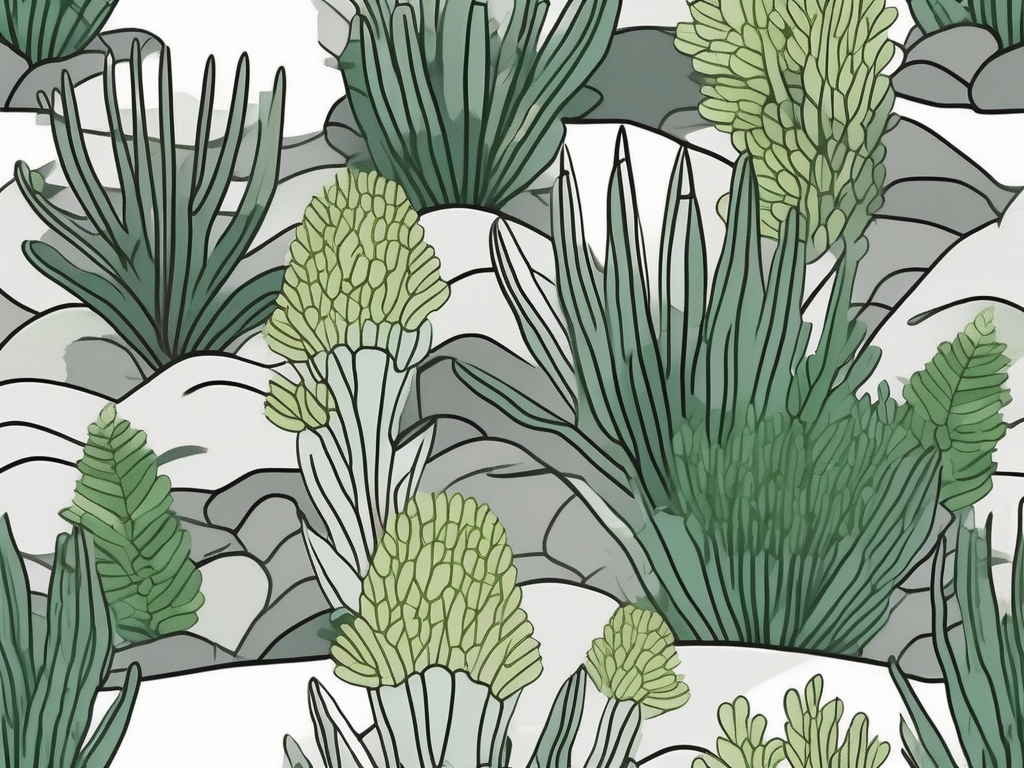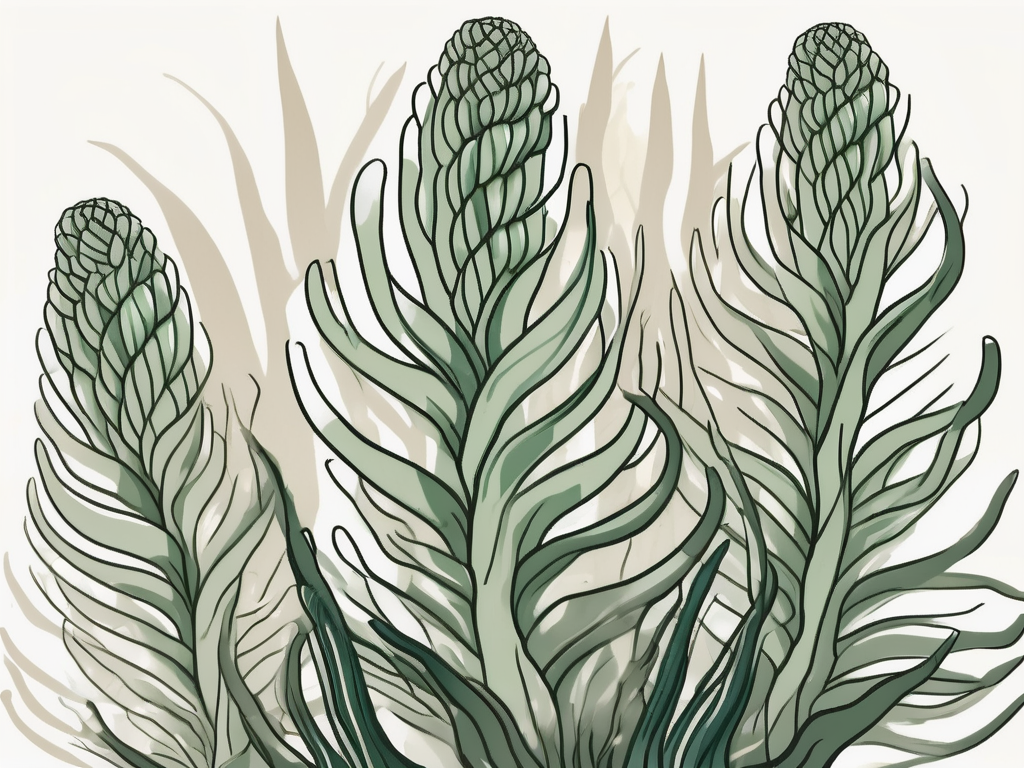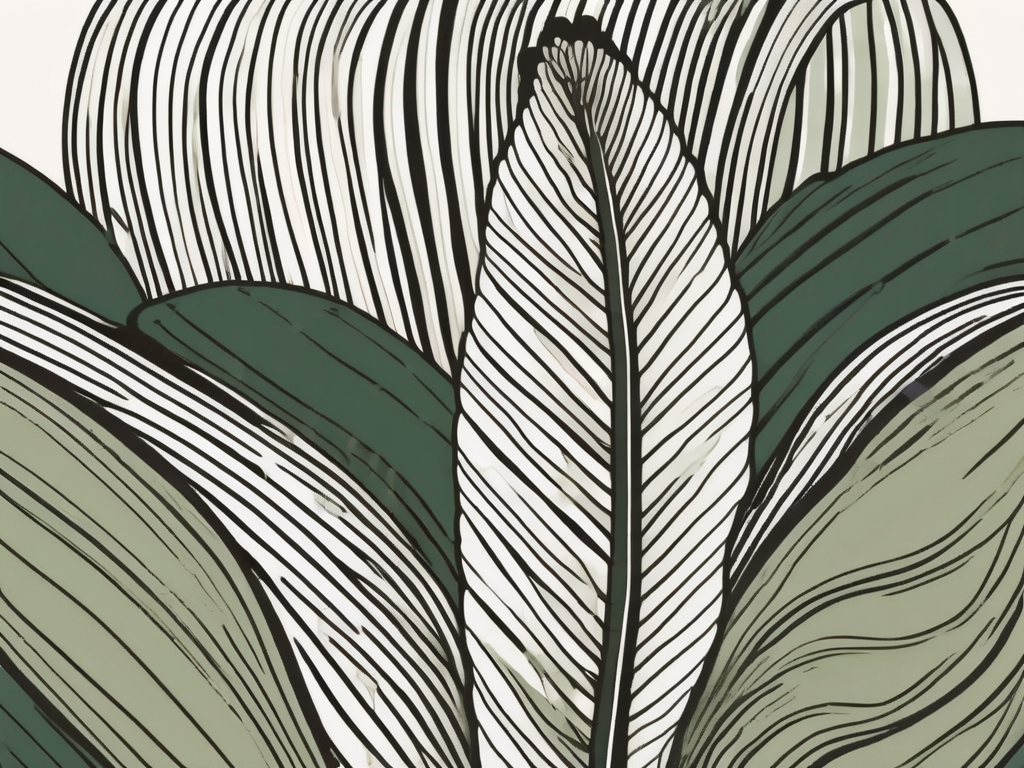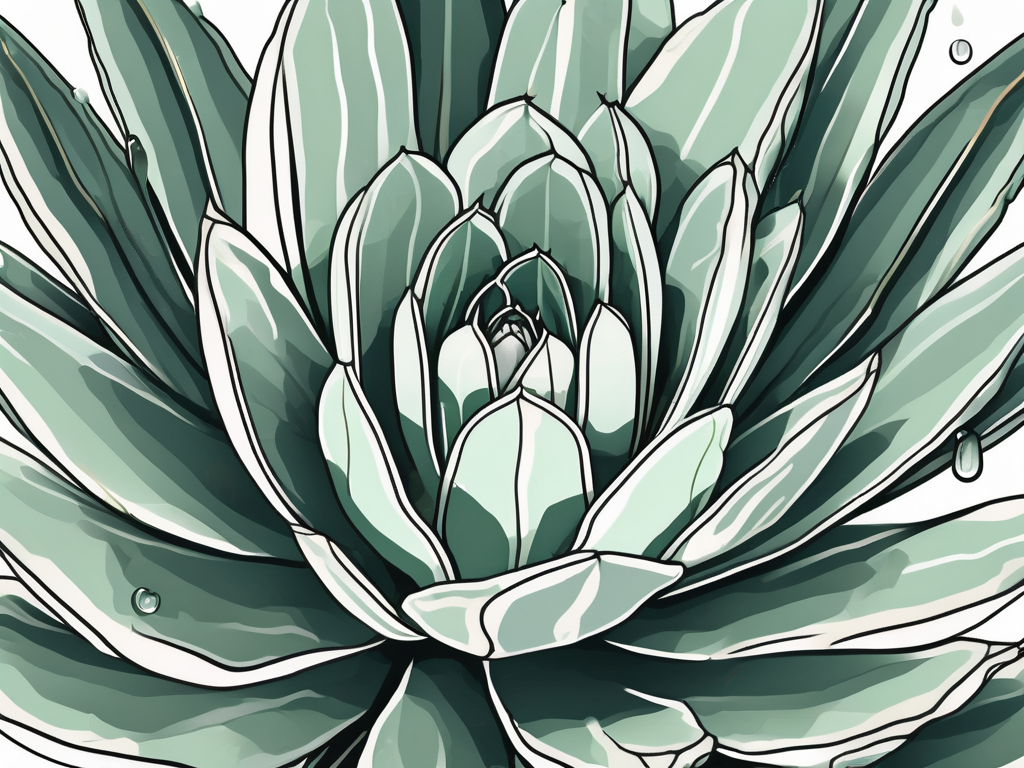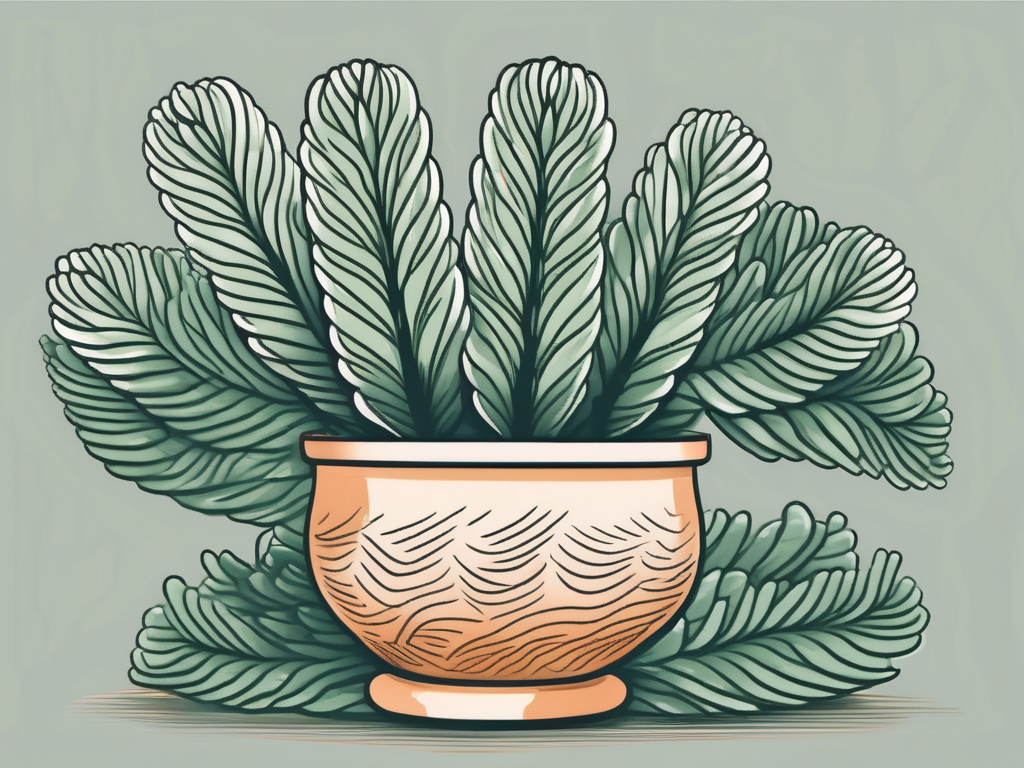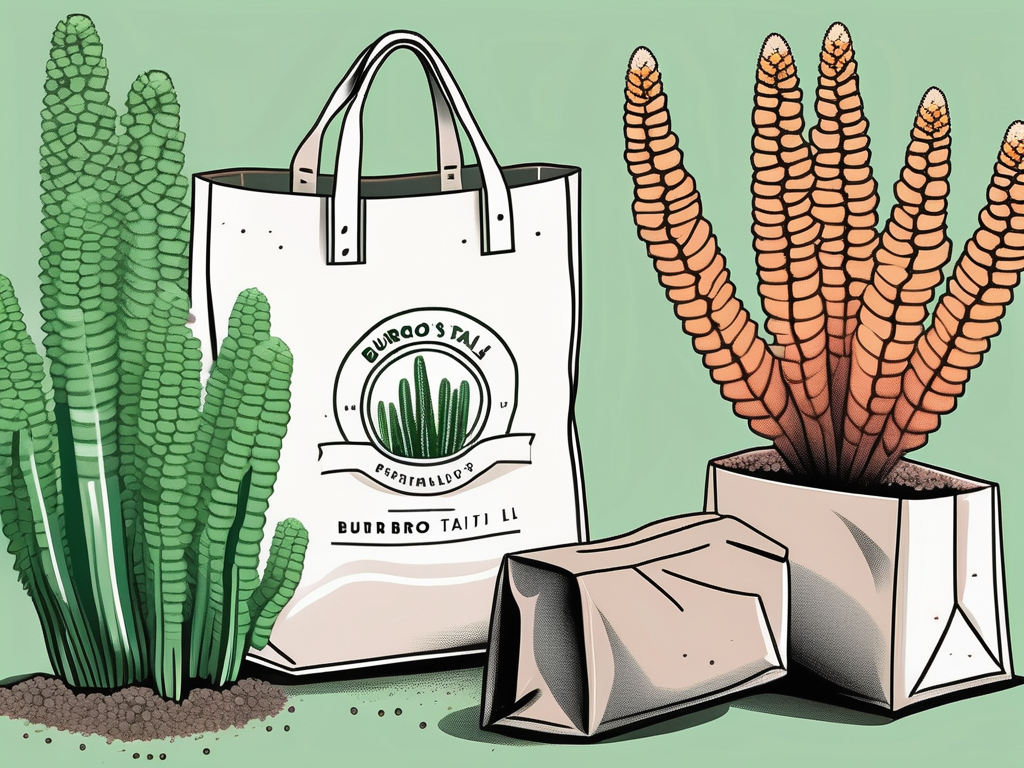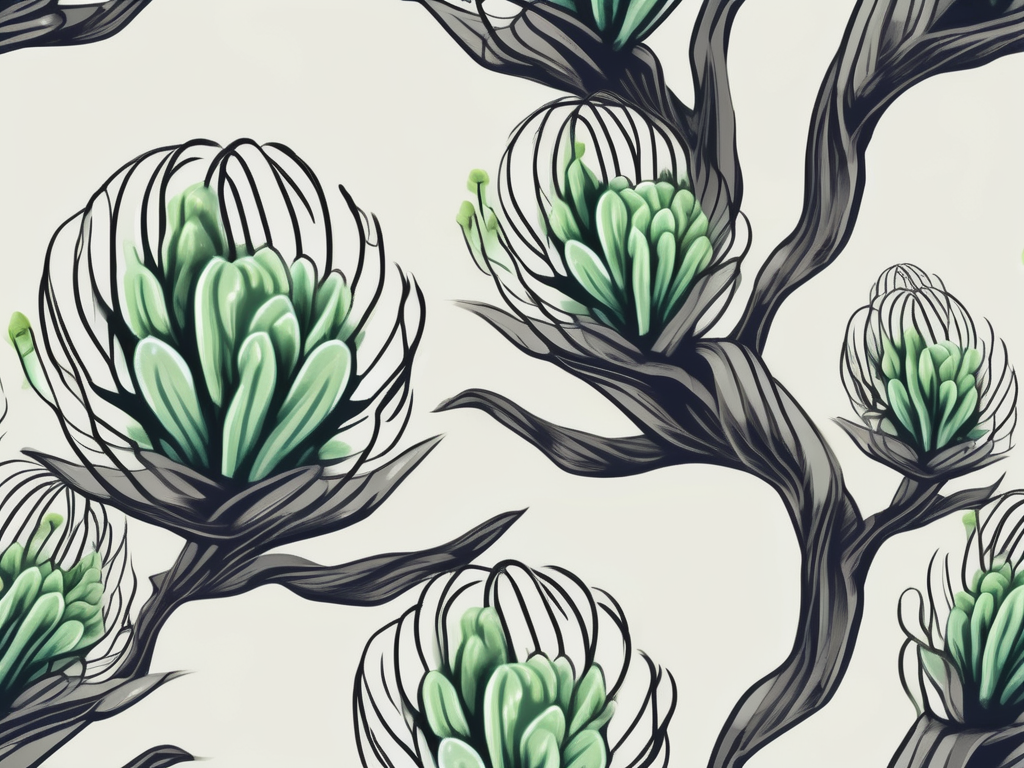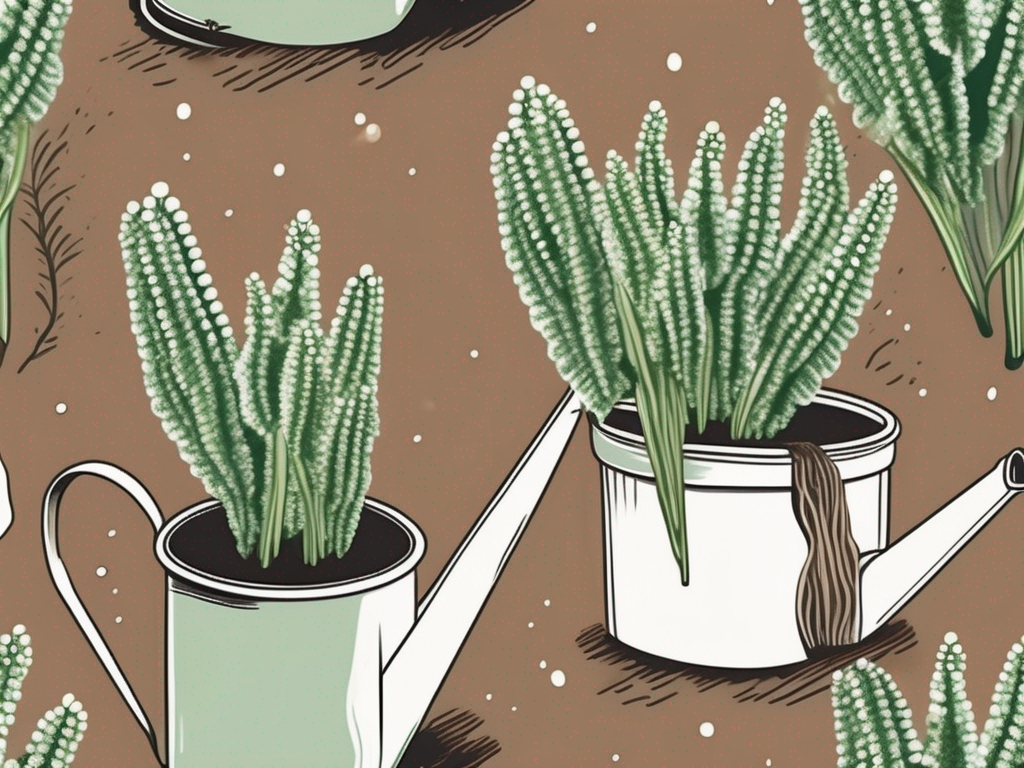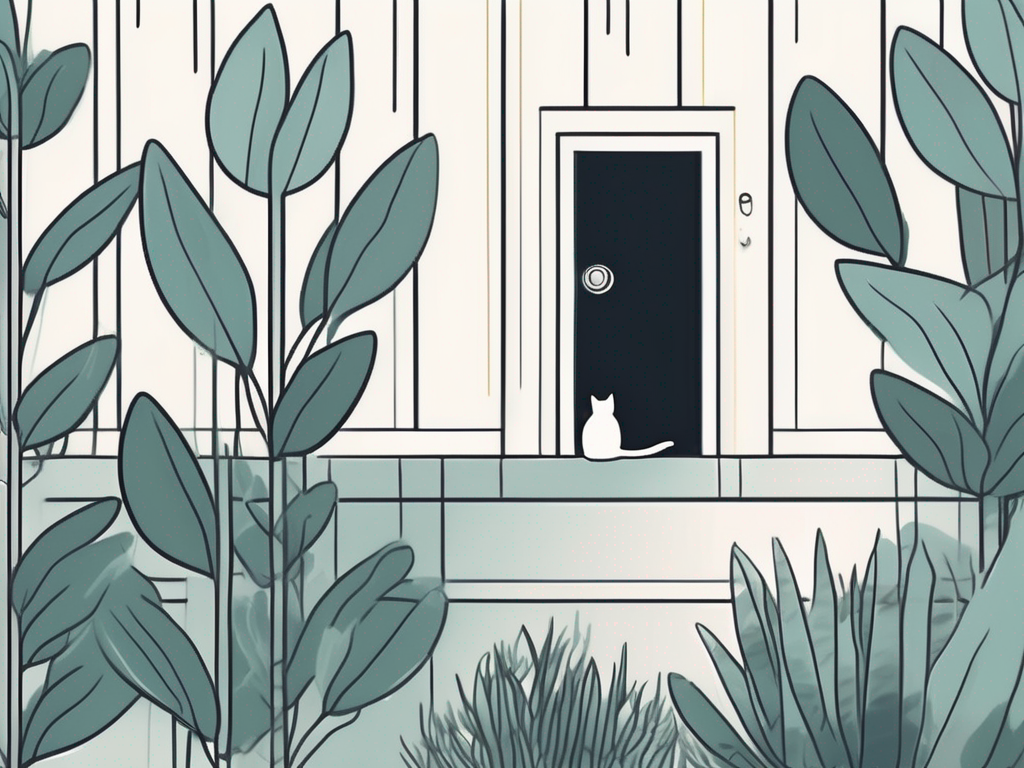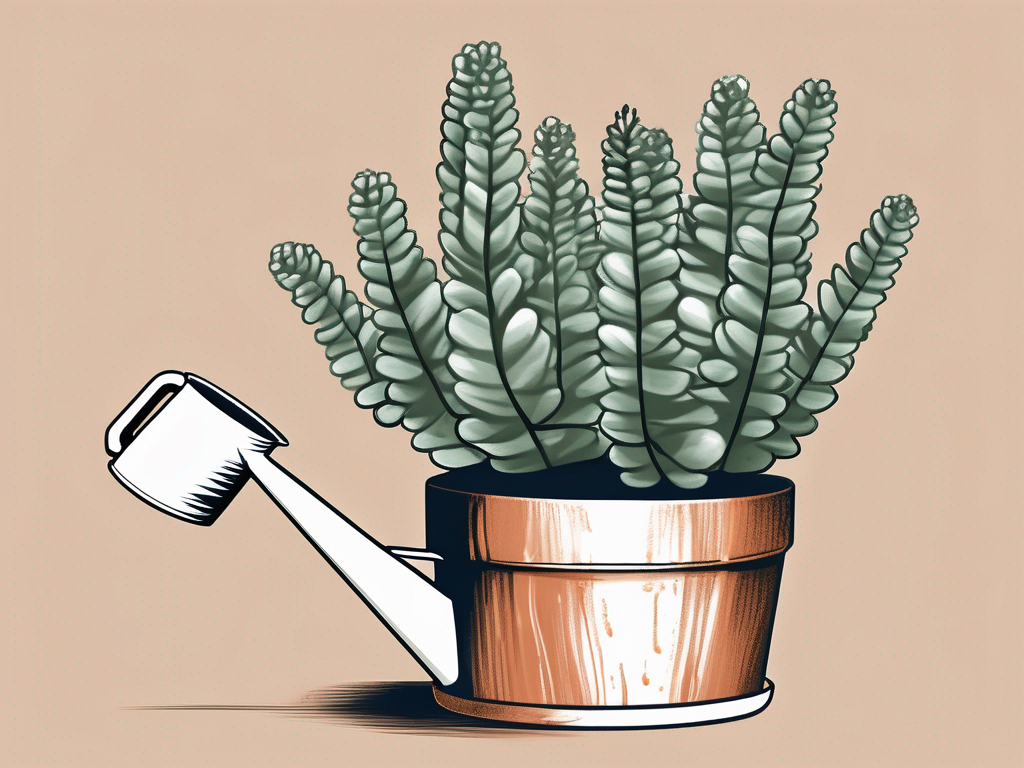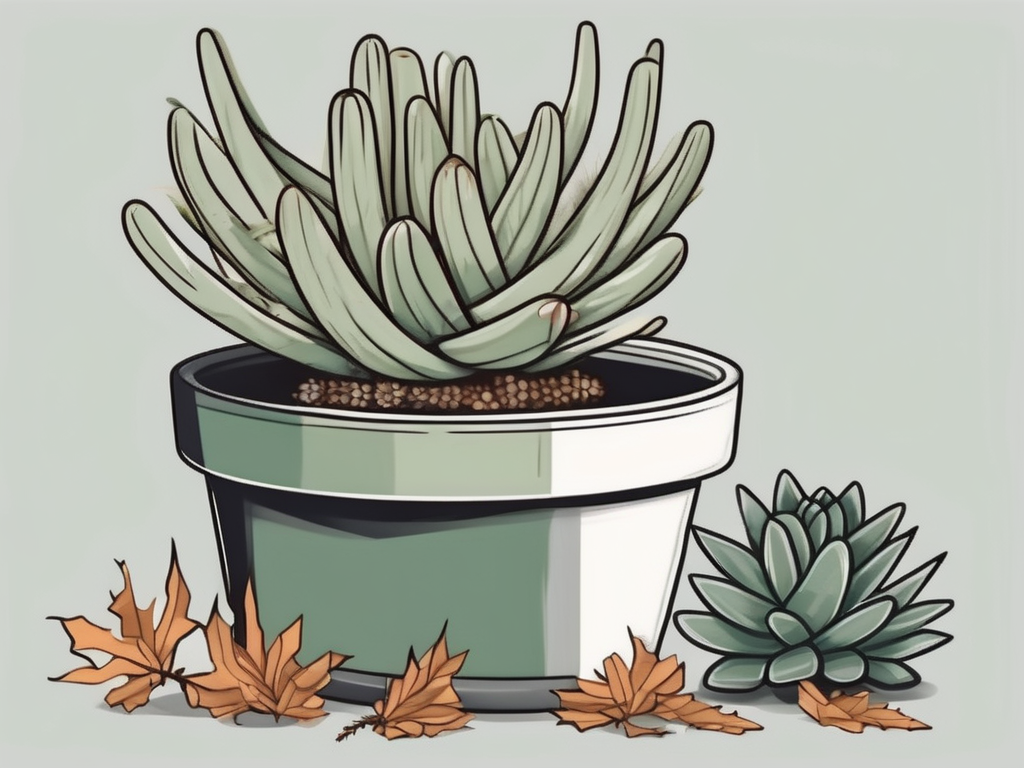
So, you’ve noticed that your beloved Burro’s Tail, with its charmingly cascading stems, is looking a bit under the weather. Perhaps some leaves are dropping off, or the color seems off. Don’t worry, you’re not alone in this. Many plant lovers have faced similar challenges with their Burro's Tail, but the good news is that with a little know-how, you can often turn things around and bring your succulent back to life.
In this article, we'll take a detailed look at what might be causing your Burro's Tail to struggle. From watering mishaps and lighting issues to soil concerns and pest invasions, we'll cover all the bases. By the end, you'll be better equipped to diagnose what's ailing your plant and how to nurse it back to health.
Overwatering: The Usual Suspect
If your Burro's Tail seems to be declining, the first thing to consider is overwatering. It's a common mistake that often leads to root rot, which is a serious problem for succulents like this one. Burro's Tail, also known as Sedum morganianum, is a plant that prefers its roots on the drier side. Excessive moisture can suffocate the roots, leading to rot and a very unhappy plant.
How can you tell if overwatering is the issue? Look for these signs:
- The leaves are mushy or translucent.
- The stems feel soft and are discolored.
- The soil is consistently wet, even a few days after watering.
To tackle this, start by cutting back on your watering schedule. Only water when the top inch of the soil feels completely dry. If you’re unsure, it’s always better to err on the side of too little water than too much. If you suspect root rot, you might need to remove the plant from its pot, trim away any rotten roots, and repot it in fresh, dry soil.
Underwatering: The Opposite Side of the Coin
On the flip side, underwatering can also be a problem, though it’s less common. A thirsty Burro's Tail will show different symptoms compared to an overwatered one. The leaves may become shriveled or wrinkled, and the plant can look generally dry and lifeless.
To remedy underwatering, give your plant a thorough drink. However, ensure proper drainage so that excess water can escape, preventing future overwatering issues. Once you've watered, let the soil dry out again before you water next time. This balance can be tricky at first, but with a bit of practice, you’ll find the sweet spot.
Lighting: Too Much or Too Little?
Lighting is another critical factor in your Burro's Tail's health. These succulents love bright, indirect light but can suffer in either extreme—too much direct sunlight can scorch the leaves, while too little light can cause them to become leggy and weak.
Signs of light problems include:
- Leaves that look pale or bleached (too much sun).
- Stems that stretch out, with leaves spaced further apart (too little light).
If light seems to be the issue, consider relocating your plant. A spot near a south or east-facing window is often ideal. If direct sunlight is unavoidable, consider using sheer curtains to diffuse the light. Conversely, if you’re struggling with low light, you might want to supplement with a grow light to give your Burro's Tail the boost it needs.
Soil Woes: What’s Underneath Matters
The type of soil you use can have a significant impact on your Burro’s Tail. Succulents require well-draining soil to prevent water from sitting around the roots for too long. If your plant is potted in regular houseplant soil, it could be holding too much moisture, contributing to root problems.
To fix this, consider repotting your Burro's Tail in a soil mix specifically designed for succulents and cacti. These mixes typically contain sand, perlite, or pumice to improve drainage. If you want to make your own, a combination of regular potting soil, sand, and perlite works well.
It’s also important to ensure that your pot has drainage holes. Without them, even the best soil mix won’t prevent water from pooling at the bottom, leading to root issues.
Pest Problems: Unwelcome Visitors
Occasionally, pests can be the root of your Burro's Tail troubles. Common culprits include mealybugs and aphids, which can sap the plant’s strength and cause damage.
Here’s how to spot and tackle these pesky invaders:
- Mealybugs: These look like tiny, white cotton balls. They often hide in the crevices of the plant. You can usually remove them by dabbing them with a cotton swab dipped in rubbing alcohol.
- Aphids: These small green bugs can cluster on the stems and leaves. A strong spray of water can often wash them away, or you can use an insecticidal soap for more severe infestations.
Regularly inspecting your plants will help you catch pest problems early. Keeping your Burro's Tail clean and free from dust can also deter insects from taking up residence.
Temperature and Humidity: Climate Concerns
While Burro's Tail is quite hardy, extreme temperatures or humidity can stress it out. Ideally, they prefer temperatures between 65°F and 75°F (18°C to 24°C) and aren’t fans of humidity.
If your home tends to get humid, especially in the summer months, try to keep your plant in a well-ventilated area. During winter, make sure it’s not too close to drafty windows or heating vents, which can cause temperature fluctuations.
Pay attention to your environment and adjust the placement of your Burro's Tail accordingly to prevent temperature or humidity stress.
Pot Size: Goldilocks and the Three Pots
Choosing the right pot size for your Burro's Tail can be more important than it seems. If the pot is too large, the soil may retain moisture for too long, leading to root rot. On the other hand, a pot that's too small can restrict root growth and lead to a lack of nutrients.
A pot that’s just right will allow for some room for the roots to grow without overwhelming them with too much soil. When repotting, choose a pot that’s only slightly larger than the current one. Make sure it has drainage holes to help manage moisture levels.
Repotting every couple of years can also help refresh the soil and give your plant a nutrient boost.
Nutrient Needs: Feeding Your Burro's Tail
While succulents like Burro's Tail don’t need a lot of fertilizer, they do benefit from an occasional feed. During the growing season (spring and summer), a diluted liquid fertilizer once a month can support growth. However, be cautious not to over-fertilize, as this can harm the plant.
Signs of nutrient deficiency might include discolored leaves or stunted growth. If you notice these symptoms and you haven’t been fertilizing, it might be time to start a gentle feeding routine.
Always use a fertilizer formulated for succulents or houseplants, and never apply more than the recommended amount.
Propagation: A Fresh Start
If your Burro's Tail seems beyond saving, or if you simply want to grow more, propagation could be the answer. These plants are relatively easy to propagate from leaf cuttings.
Here’s a simple method to try:
- Gently remove a healthy leaf from the main plant.
- Let the leaf dry for a few days until the end calluses over.
- Place the leaf on top of a well-draining soil mix.
- Mist the soil lightly, keeping it just barely moist.
- Be patient. It can take a few weeks for roots to develop and new growth to appear.
Propagation not only gives you a second chance with your plant but can also be a rewarding way to expand your collection.
Final Thoughts
Reviving a dying Burro's Tail can be a journey of trial and error, but with patience and attention, you can often bring your plant back to health. By understanding the common pitfalls like watering issues, light conditions, and soil requirements, you’re well on your way to becoming a more confident plant parent.
At Cafe Planta, we’re passionate about helping you succeed with your plants. Whether you’re looking for new additions to your home or need tips on plant care, we’re here to support you. Feel free to reach out via email or connect with us on Instagram. Let’s keep growing together!















